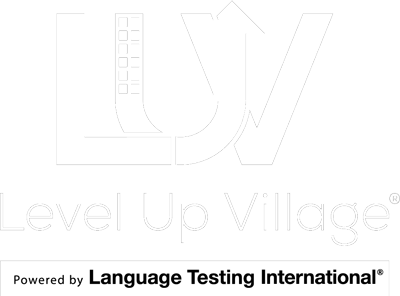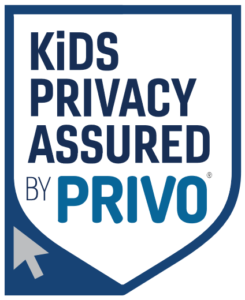Today’s children’s future success will depend on their global competency skills as they are growing up in a world that is becoming more and more interconnected. “Whether students go on to work or study after they leave school, they will be living in an interconnected world, and many of them will be responsible for social, political, and economic interactions in their everyday lives,” says Paula Van Ells, Learning Program Manager at Level Up Village. It is, therefore, essential to start challenging children to think globally, embrace cultures around the world, and develop global perspectives early in their education so that they grow into global citizens who respect differences and can respond empathetically and effectively with people from other countries and cultures.
In this article, we’ll explore four ways you can encourage global perspectives in your classroom.
Add global stories to your reading list
Reading stories from different countries is a great opportunity to introduce children to other perspectives they might not be familiar with. Through literature and stories, children widen their horizons and develop a deeper appreciation for other cultures. For younger children, picture books are an excellent choice. Check out this list of 50 children’s books that “will take you around the world.” Books such as I Am Malala or Esperanza Rising are sure to engage older students in discussions and reflections on topics such as education, leadership, and stereotypes.
For a bigger impact, consider partnering with classrooms in other countries for virtual exchanges in which students read and discuss the same book. LUV’s Arts & Sciences exchanges have several options in which students of all ages can engage with partners in other countries to read together and share their experiences and observations via video exchanges.
Expand your curriculum to add global perspectives
Since culture is an essential component of learning a new language, world language classes are a great place to foster global competencies. Additionally, many topics covered in today’s science, social studies, arts, and STEM classes can also be easily expanded to include global perspectives. Topics such as climate change, education, immigration, human rights, or the use of social media can be expanded to include information on trends in other countries. Students can research these topics and share their research findings with their classmates, undoubtedly sparking interesting discussions. Additionally, incorporating virtual exchanges with classrooms around the world opens the possibility for students to learn about social and environmental issues from peers in other countries. Imagine, for example, your students investigating climate change by engaging in discussions with peers in Nigeria and learning about real issues their Nigerian peers face. Learning firsthand about issues their peers across the world face makes the learning even more impactful.
Check out LUV’s Languages & Cultures and Arts & Sciences exchanges that can be easily incorporated into any curriculum for an unforgettable experience.
Have your students work on global projects
Children are naturally curious, and they learn well through hands-on experiences. When a project turns global and involves children from around the world, the experiences become even richer as they also get to learn about the cultures and perspectives different from their own. LUV’s Arts & Sciences exchanges allow students to pair up with classrooms in another country to work on projects which include music and sound, literature and social studies, and science and ecology. You can connect with classrooms around the world (such as Nigeria or Kenya) and have your students complete interesting projects, do research, and discuss topics ranging from climate change to human DNA.
Connect with classrooms and educators in other countries
One way for students to get a firsthand experience of other perspectives is to connect with peers across the globe. Pen pal programs are still popular among educators, but they now include great technology tools like video chats. There are obvious challenges for teachers to create meaningful virtual exchanges, from finding global partners and logistics to ensuring student’s safety online. Solutions such as Level Up Village make the process of organizing virtual exchanges easy and seamless. When you join the LUV global community, you get matched with a global partner teacher. Students on both ends of the exchange work on projects and exchange videos on a secure platform. Virtual exchanges allow for some unforgettable experiences for students. They also bring a lot of benefits to teachers: “Fostering and developing the relationship between you and your exchange partner may prove very simple, with a shared language and an affinity to one another’s cultures, as well as a shared profession. If you can see the many benefits to founding and nurturing a bond with your partner, spending time reflecting on the progress of the exchange, both during and after, can really lead to a working relationship.”




